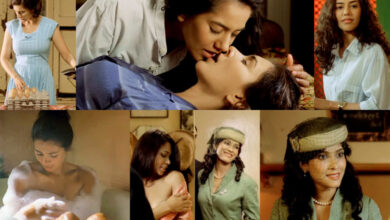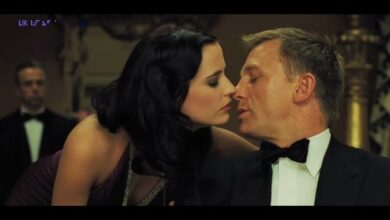Viva (2007): “She wanted more than love—she wanted an awakening.”
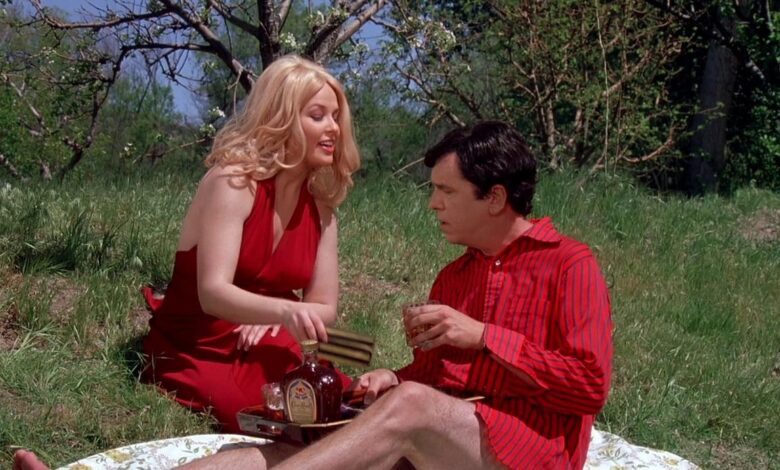
A DOLL’S DELIRIUM IN A CANDY-COATED WORLD
Welcome to the orgasmic optical illusion that is Viva (2007)—a film that looks like bubblegum but tastes like sin. Written, directed by, and starring Anna Biller, Viva resurrects the porn-chic, pastel-smudged, sex-crazed aesthetics of 1970s softcore cinema—but with a venomous wink. It’s not just a retro fantasy—it’s a dangerous descent into the belly of female desire, repression, and performance. Underneath the wigs, fake orgasms, and polyester sheets lies a story aching to burst free.
SEX, SATIRE, AND SOFTCORE SUBVERSION
Barbi (played by Biller herself) is your typical California housewife—plastic smile, perfect hair, and a life numbed by routine. But when her husband goes on a “business trip” and disappears into the fog of his own affairs, she’s left adrift. That’s when Barbi—or shall we say Viva—is born. Lured into the world of sexual liberation, group orgies, art creeps, and ego-driven “free love” revolutionaries, Barbi discovers that even in freedom, women are expected to perform—pleasure, femininity, submission.
The film teeters on the edge of satire and sincerity. Every brightly lit, breast-baring scene is a double-edged blade—pleasing the male gaze while stabbing it with irony. Viva is both a celebration and condemnation of the sexual revolution, showing us how easily liberation becomes another kind of bondage.
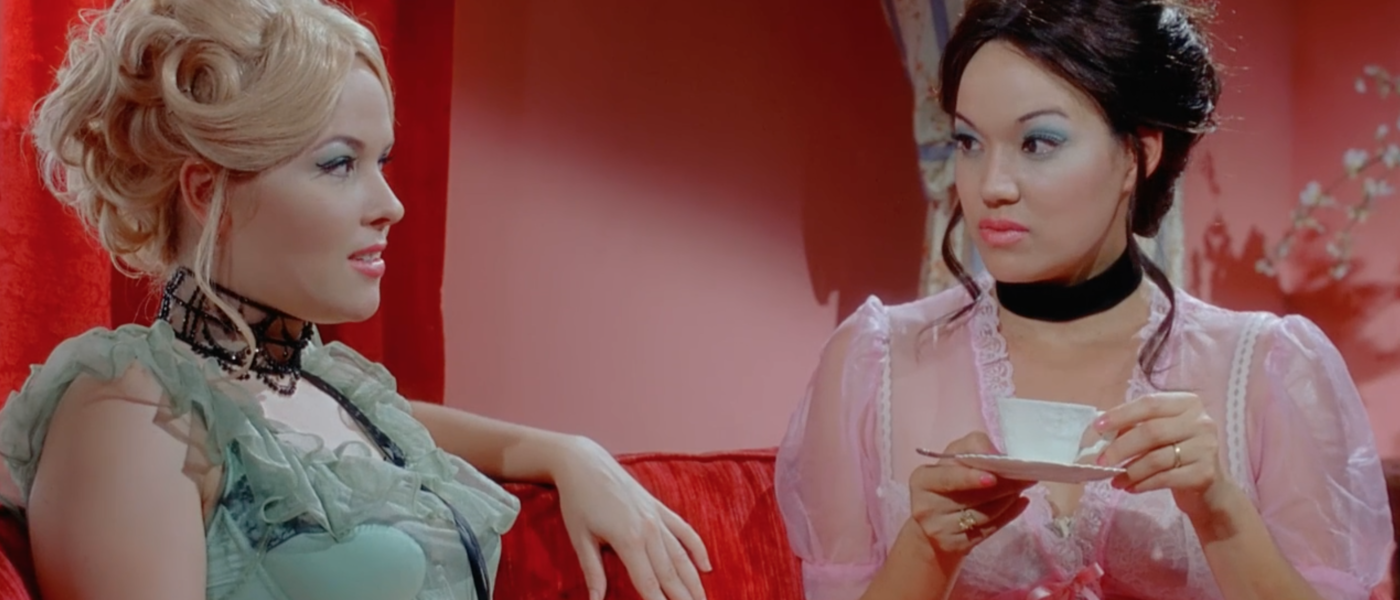
DESIRE AS DECORATION: THE VISUAL ORGASM
No one shoots erotic pastiche like Anna Biller. From hot pink bathrooms to soft-lit boudoirs filled with velvet and vice, Viva is a visual orgasm. Every frame looks like a Playboy pictorial come to life, but with a knowing smirk. The film flaunts its influences—Radley Metzger, Russ Meyer, Jess Franco—but never mimics blindly. Instead, it recreates a world that’s familiar, then poisons it.
Barbi is never just a character—she’s a doll painted with desire, craving not just sex, but power. When she moans, it’s not just pleasure—it’s performance. When she strips, it’s not surrender—it’s survival. The camera doesn’t leer. It watches, judges, and dares you to admit what you’re really enjoying.
WOMAN AS FANTASY: WHO OWNS THE ORGASM?
Underneath the glittering camp lies a venomous truth: in this world, even sexual revolution is curated by men. Barbi walks from bedroom to bedroom, trading one master for another, each promising her freedom while demanding submission. Artists want her as their muse, husbands want her as a trophy, and strangers want her body. Even as Viva is sold as a sex goddess, she is constantly on the verge of breaking.
Biller doesn’t give us a traditional arc of empowerment. Instead, Viva ends in ambiguity. Barbi gets a taste of what it means to be wanted, then realizes it’s never been about her wants. The world wants her curves, her moans, her painted lips—but not her soul.
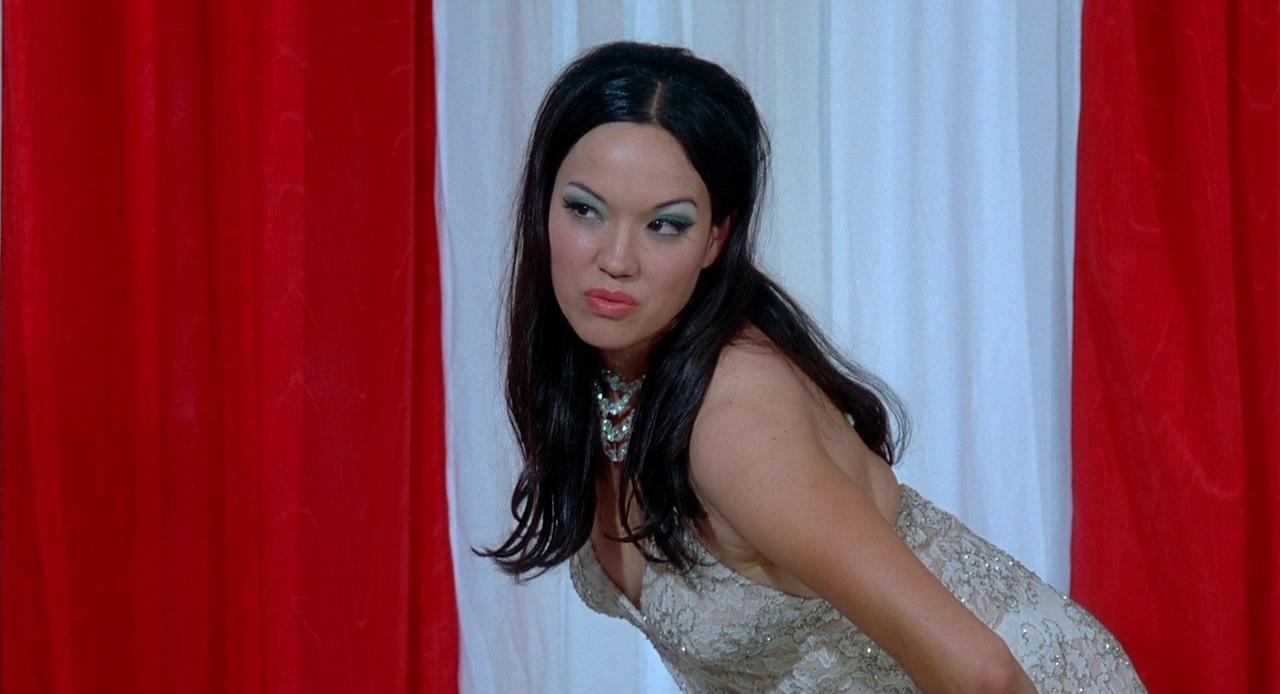
A FILM THAT MAKES YOU FEEL… AND THEN MAKES YOU QUESTION WHY
Viva isn’t porn. It’s a weapon wrapped in satin. It tempts you with erotic imagery, then slaps you with its bitter truth: desire is never just pleasure—it’s politics. For every orgasm on screen, there’s a question being whispered: who is this for? Who holds the power?
Anna Biller’s Viva is a masterpiece of contradiction. It’s arousing and alienating. It’s gorgeous and grotesque. And like Barbi, it invites you in with a smile—and leaves you wondering what you just agreed to.
A feast for the eyes. A trap for the libido. A feminist fever dream dressed as a sexual fantasy.
She wanted more than love—she wanted an awakening. And she got it. But not the one she expected.


